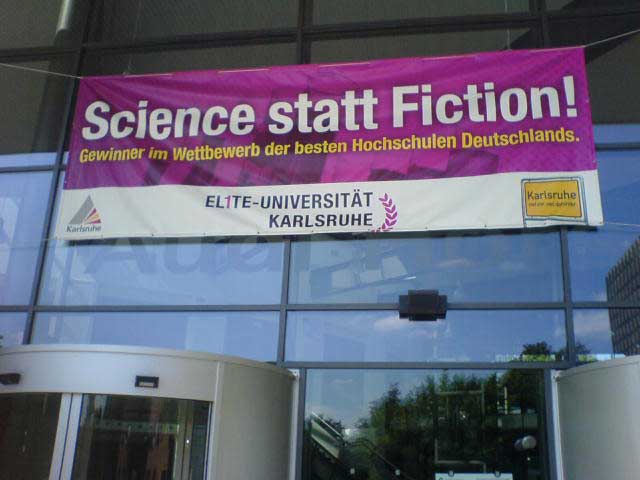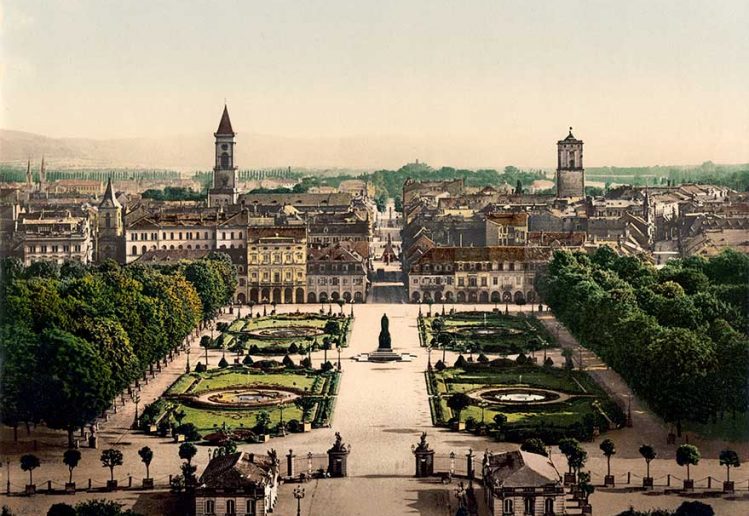Albert Geiger’s 1924 posthumously published key novel “The Sunken City” (OT: Die Versunkene Stadt) inspired me to name this part of the website. The novel is set in a “middle royal seat in southwestern Germany”, as Albert Geiger calls it, which can easily be identified as Karlsruhe.
Albert Geiger describes the “overall physiognomy” of Dingsdahausen as follows: (p. 14)
“A civil service in the usual way. A citizenship that is more in the dark than in the clear about itself and its purposes. A scholars and artists in urgent need of renewal. An outflow and inflow of the military. A more or less new aristocracy. And as A restless wave, surging around it all, a working-class population that was less inclined to settle down than in many other cities. But everywhere there was no solid ground. Perhaps it might have something to do with the secret feeling of this absence that the sister cities in the country with the residence Dingsdahausen only Each of these cities meant something whole and unique in itself. Only the residence was and remained: a half-measure, vacillating between the civil servant city and the commercial city.
The “Association for the Elevation of Tourism”, which was founded a few years ago, could not change this either. It is true that he tried to show in all kinds of brochures and color tables for the train stations, hotels and restaurants: that Dingsdahausen marched at the head of all sister cities. That it offered the most excellent schools, the most brilliant means of transport, the best theater, the most pleasant walks, the most comfortable reception; in short, that every traveler had the damned duty and duty to get out of the car, to admire the architectural, social, and scenic charms of things here , and to enjoy this city in its first-class hotels for at least eight days. The strangers alone showed very little desire to get out. And so there was a disproportion between the self-assessment of this city and the assessment by outsiders. “*
ou cannot avoid agreeing with Albert Geiger. Even today, the difference Geiger mentioned between self-assessment and external assessment still exists. The city’s problems with its own city marketing are proverbial. Karlsruhe still seems to be a city characterized by its civil service, especially the many lawyers of the courts located in Karlsruhe, on the one hand, and on the other hand by the high number of IT specialists, by natural and engineering academics. The cultural sciences are dismissed here as a matter of course as gossip sciences, and the consequences can also be seen in the frequentation of the cultural institutions. Felix Schaulust has often found out that natural scientists etc. tend to attend music events and avoid linguistic events, especially spoken theater. Reason: with music nobody has to “understand” something; In the worst case scenario in spoken theater, it is easy to understand whether the visitor has “understood” something.
* S. 14 f. in the republication in the Small Karlsruhe Library edited by Hansgeorg Schmidt-Bergmann and Thomas Lindemann (2006).

